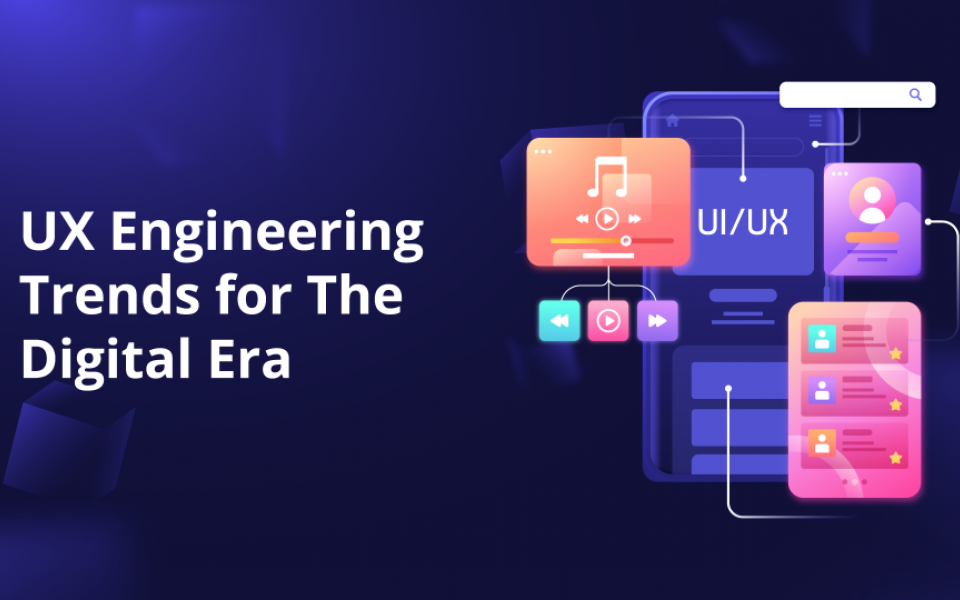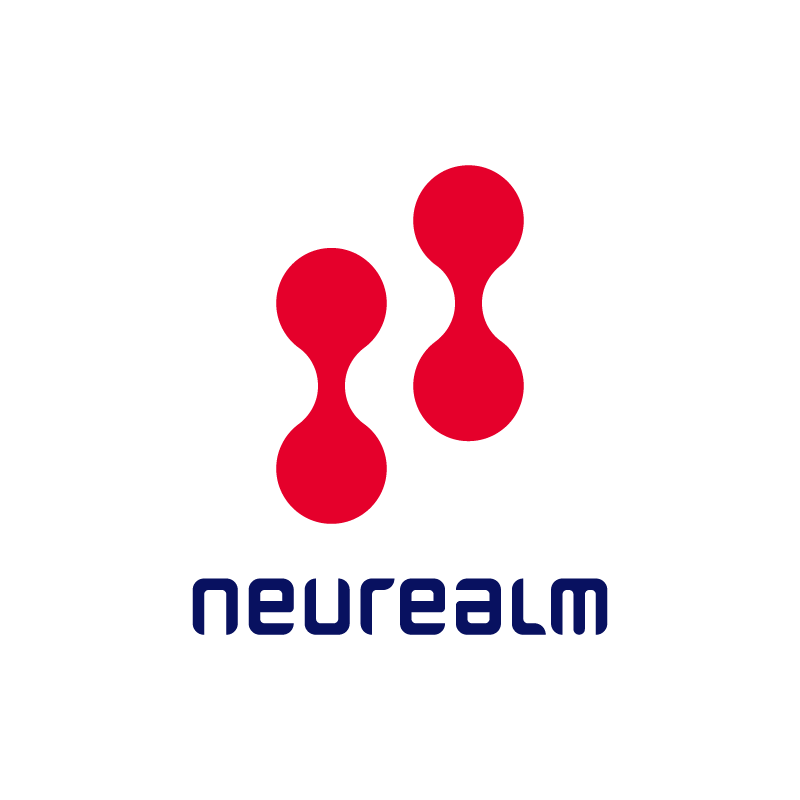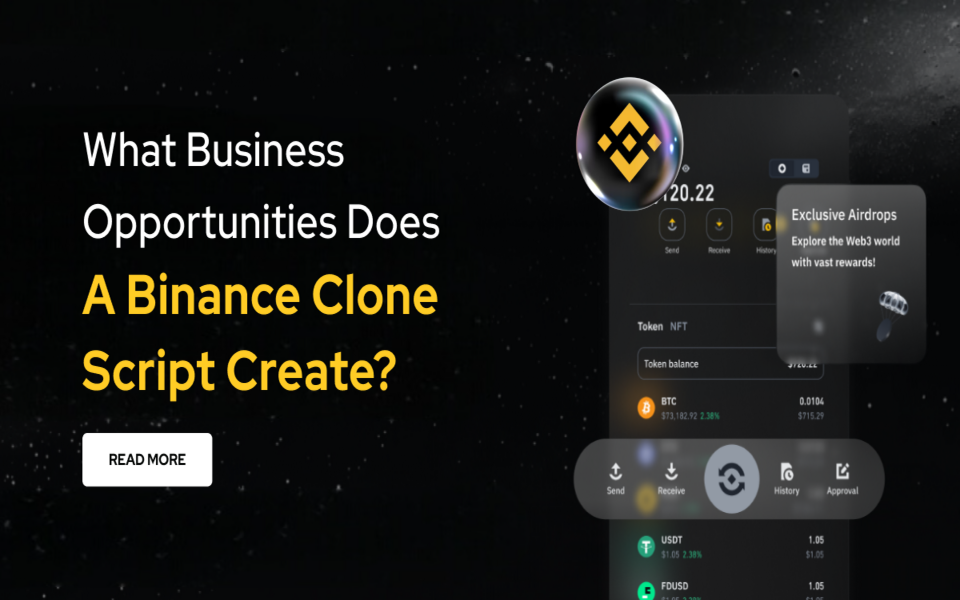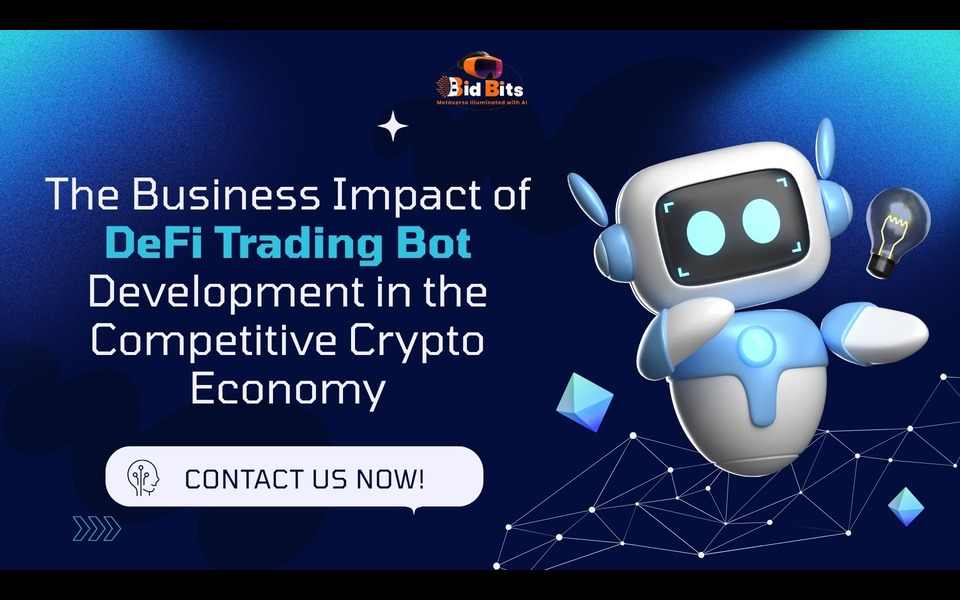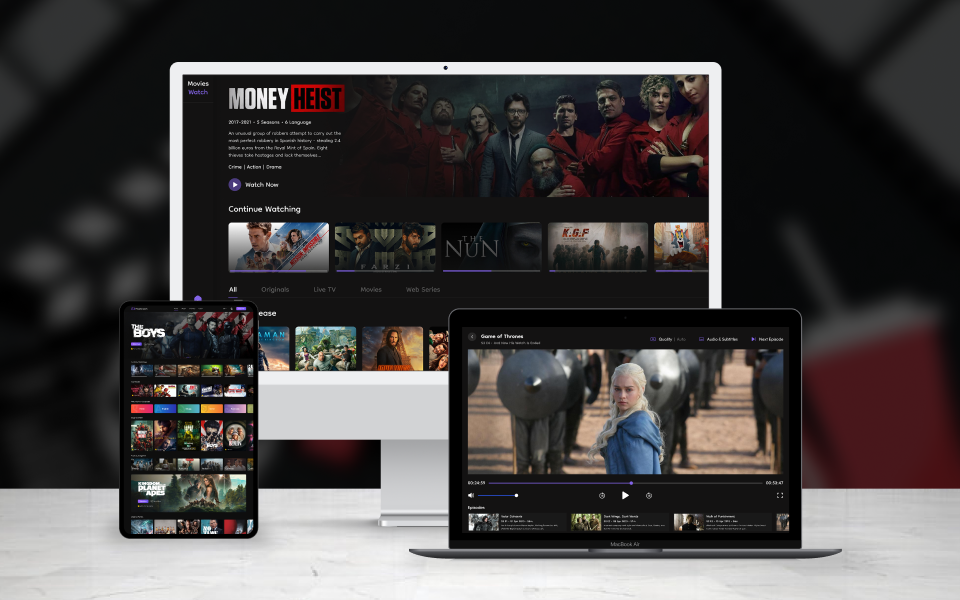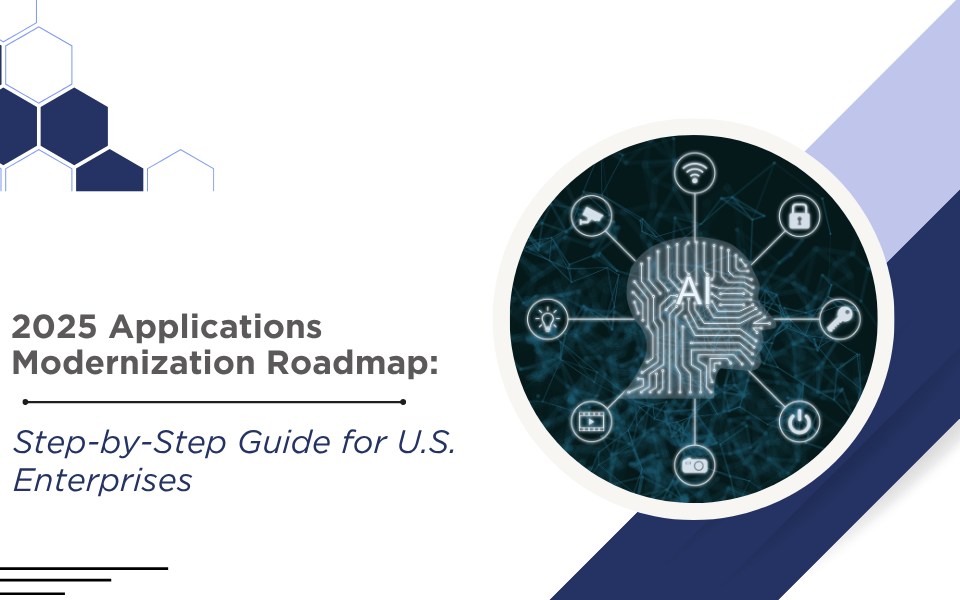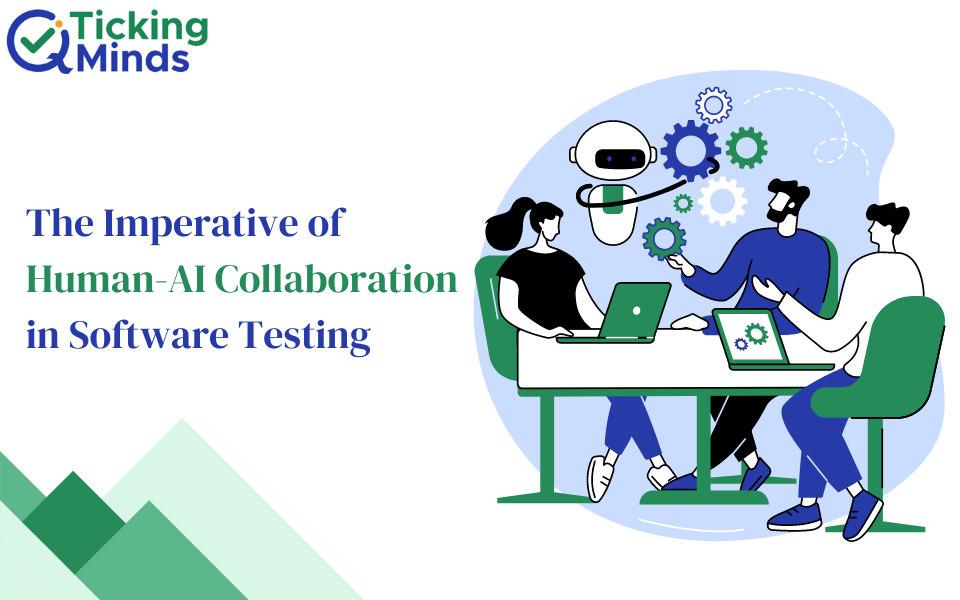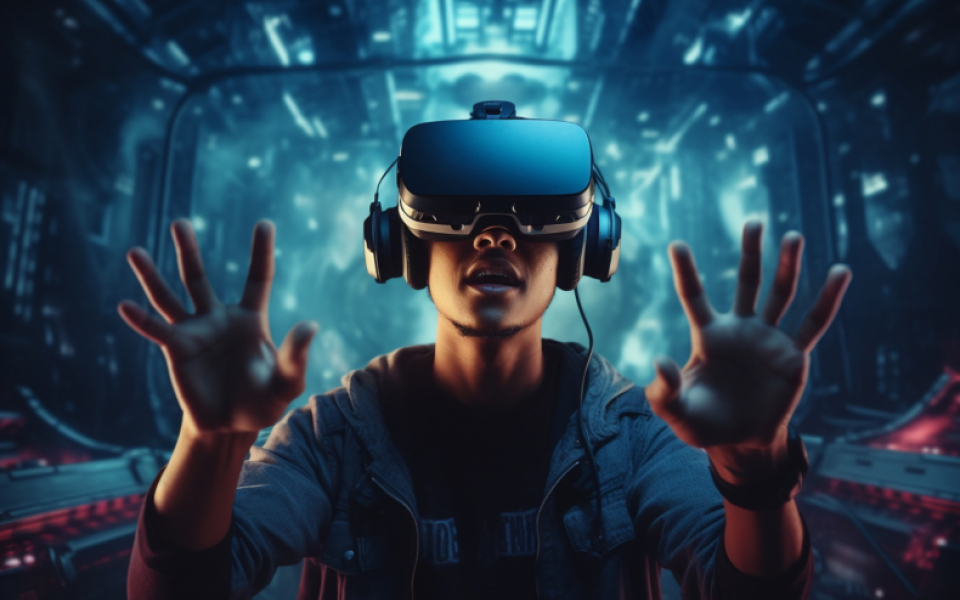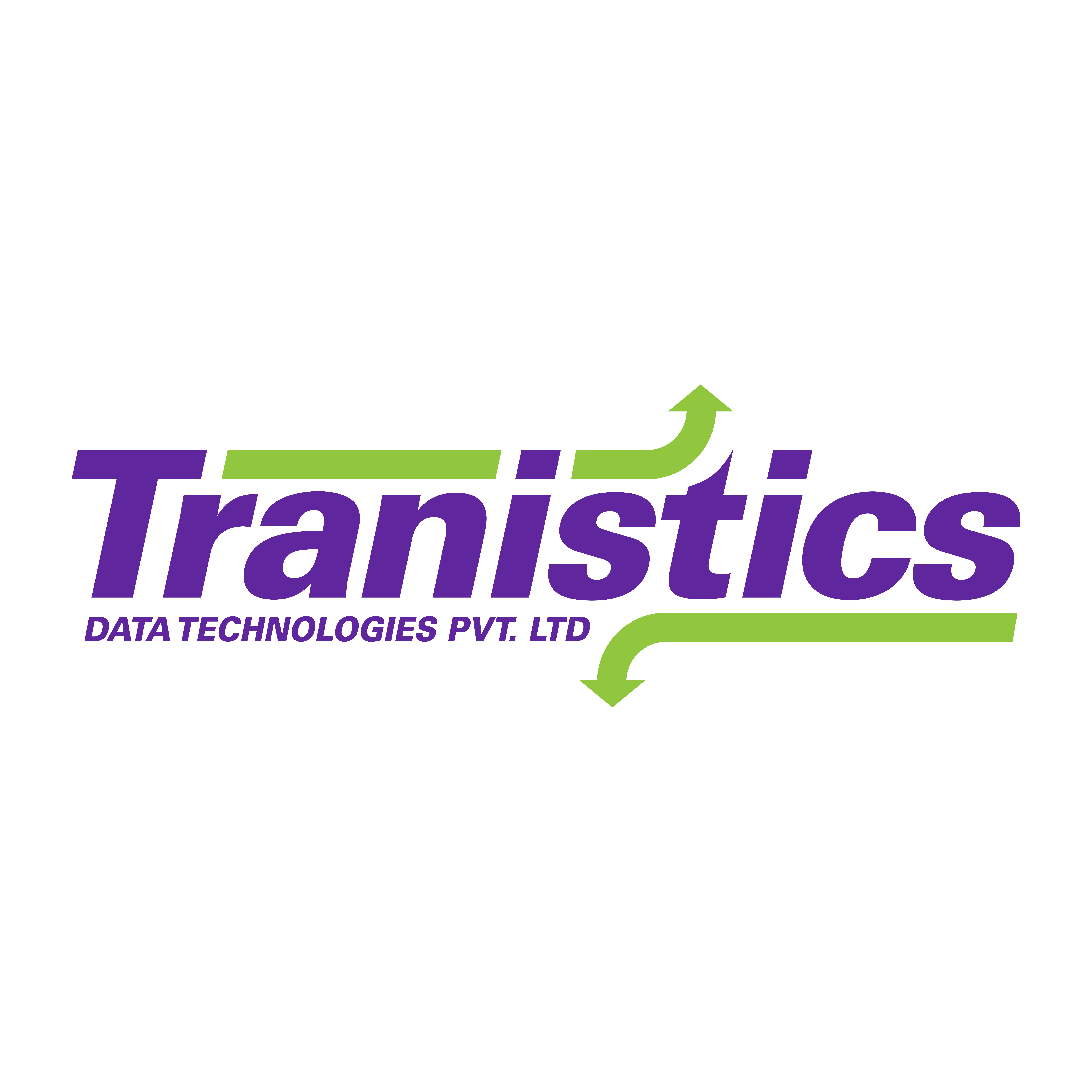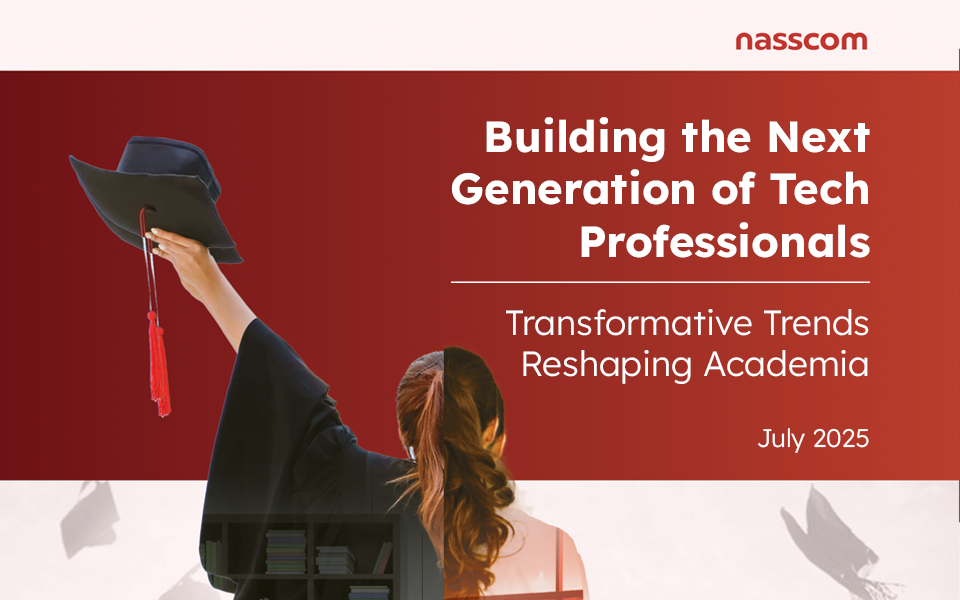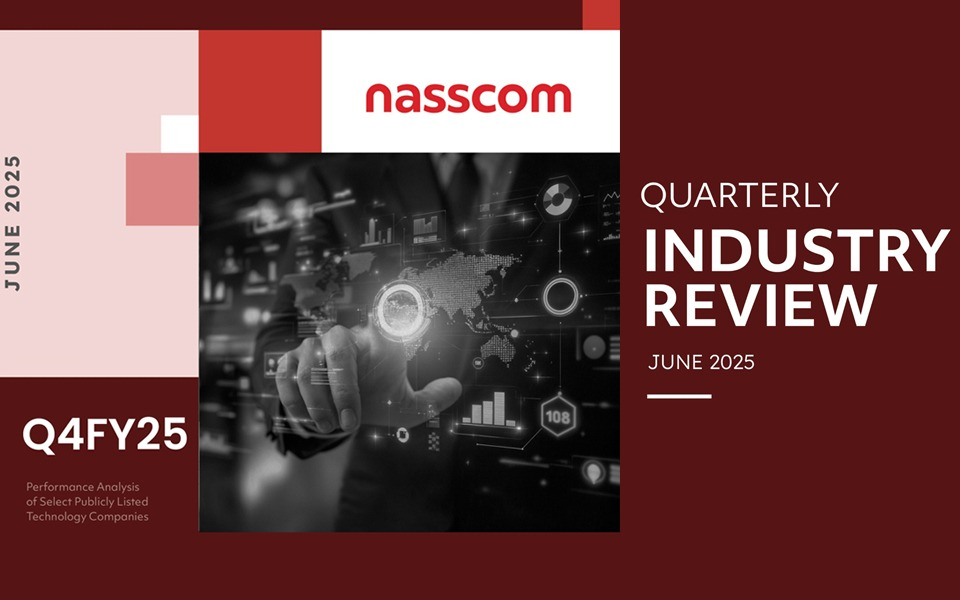UX Engineering Trends for The Digital Era
A good UX goes far beyond delivering optimal experience. Not only does it increases adoption of product, but it also boosts ROI of business. On the contrary, legacy or bad designs lead to additional development and support, causing reduced sales and higher churn rate. Many organizations/businesses are a testimonial to the finding that those focused on UX design witnessed higher customer retention rates with boost in sales.
One such example is of one of the largest multinational investment bank, Bank of America. They revamped their enrolment program to make it convenient for customers to access online banking. With this funded project, their teams observed that percentage of customers completing the process nearly doubled and simultaneously lesser queries routed towards support team.
Another excellent case study is of the largest holiday Rentals, Airbnb. Their landing page is designed keeping visual clarity and minimalism as central idea where Call to Action button is clearly highlighted amongst the two layers. With such kind of self service portals ,Airbnb basically made the other players such as booking .com outdated by bringing self-service into the picture. They let customers control their experience through a highly user-friendly user interface on an app. This is where the power of user experience or UX lies.
UX demands sharp attention from every business that hopes to connect with customers through digital channels. Customers buy into the offering for the experience they get while using it. This is why irrespective of industry software product development teams are being pushed into placing monumental emphasis on UX. This focus on UX encourages product owners, business teams, architects, developers, and testers to think from a customer or potential user perspective. They must all learn to work together to create a seamless, intuitive, and memorable user experience. Comprehensive UX research provides insights into how a product might be subject to different user-driven conditions and the workflows the product must enable. This helps eliminate shortcomings and deficiencies in the design process and ensures that the end product provides only the best experience for customers. Powerful, well-designed experiences will drive adoption and, ultimately, product success.
In the digital era, the world is embracing breakthrough solutions and products that embed trends like AR/VR, Wearables and IoT devices, micro-interactions, voice and video, storytelling, and no code philosophies.
Let us explore how UX engineering is impacting product development in each of these areas:
AR/VR
The global Virtual Reality (VR) industry is expected to be worth USD 12 Billion by 2024 according to research. Augmented Reality or AR isn’t far behind as well. The coming of 5G promises to make such experiences much more widely accessible. As AR and VR experiences expand from their initial scope of smartphones and tablet PCs into a wider spectrum of devices and environments like wearables and IoT powered ecosystems, UX engineering for customer experiences in this segment too will undergo significant transformation.
The design aspect will have to focus on creating an immersive experience for customers who use products with AR and VR. Experiences will need to be built around experiential spaces by leveraging anchor points in the space and using color recognition, virtual or real objects as well as by imposing images on space in different dimensions. One of the finest examples of how new UX trends are being cultivated in AR/VR technology is the evolution of Animoji from Apple. They are an evolving trend of UX engineering in AR/VR with real-time rendering and use cases.
Wearables and IoT
Gartner predicts that in 2021, nearly USD 81.5 billion will be spent worldwide by users on wearable devices. Life after the pandemic will witness the increased adoption of numerous wearables that track the health, fitness, and well-being of consumers. Additionally, our homes are increasingly becoming hotbeds of connected devices ranging from smart refrigerators to AI-powered smart speakers like Alexa. When consumer interests peak around wearables and IoT devices, user experience cannot take a back seat. From how people view information on their smartwatch to how a smart refrigerator notifies a consumer about a grocery item running lo, there are tons of use cases for UX researchers to explore. This is new territory that demands new experiences.
Micro Interactions
If you have ever used a computer software or mobile app, then you would have probably witnessed micro-interactions in action at least a few thousand times. In simple terms, micro-interactions are small feedback indicators that work in response to a triggered event in an application either by the user or by the system. It results in a visual change in the user interface which notifies the user of some feedback from a trigger they or the system generated. The simplest example is the movement of the scrollbar in a web page or application. Micro-interactions have a huge potential to impact the branding of a product or app with its UX. In fact, great engineering makes the overall user experience joyful and engaging for users. A simple example would be the notification that is shown when a task is complete. A carefully crafted graphical change in the user interface to celebrate the completion can set an engaging mood for the user. UX engineering in micro-interactions has huge potential to make a disruptive impact through small and subtle visual events in action.
Voice, Video, and Storytelling
Voice and video are today the most influential user experience elements for any kind of marketing and user awareness program. This is no different for product engineering. Leveraging the power of voice and integrated video in creating tutorials, demonstrations, brand messages, and sales pitches can go a long way in building loyalty for the app or product. Storytelling makes this an art. When voice, video, and themes are presented as a storyline, it creates a more evocative and seamless experience for consumers. Enabling users to learn and adapt quickly to the product, convincing decision-makers to invest, and creating lasting impressions on potential users are the core areas that UX engineering needs to focus on while building a storyline integrated with voice and video for product development.
No Code Development
Low code and no-code development approaches are a fast-exploding field of product development when there is a demand to bring products or apps faster to the market. From a UX perspective, no-code development can be considered the ultimate battleground. It could be as clear as, UI screens that are created using low code or no-code platforms, and the underlying code is built on its own. While some may argue that there is little flexibility for UX engineering in such an approach as designers may have to rely on pre-built templates, this need not be so. Almost all no-code platforms have theming, and customization options embedded in their workflows. For creating the best experience for users, the UX perspective has to focus on incorporating user journeys and storytelling capabilities into screen workflows and also lay emphasis on branding elements like logos, fonts, and color selection to create a seamless user experience for the final product.
Consumers digitized their lives well before enterprises did so. Most consumer transactions now span a combination of digital channels and many scale even those boundaries into the physical world. It’s not uncommon for a customer to research a product on the mobile, compare it with others in an app, buy it on a website, and pick it up physically from a store nearby. This is why it is critical to emphasize the universalization of experience. With the rapid proliferation of multiple platforms and operating systems that today’s apps and devices run on, cross-platform UX compatibility must become a crucial focus as well.
The blog was originally posted on GS Lab's Website.




